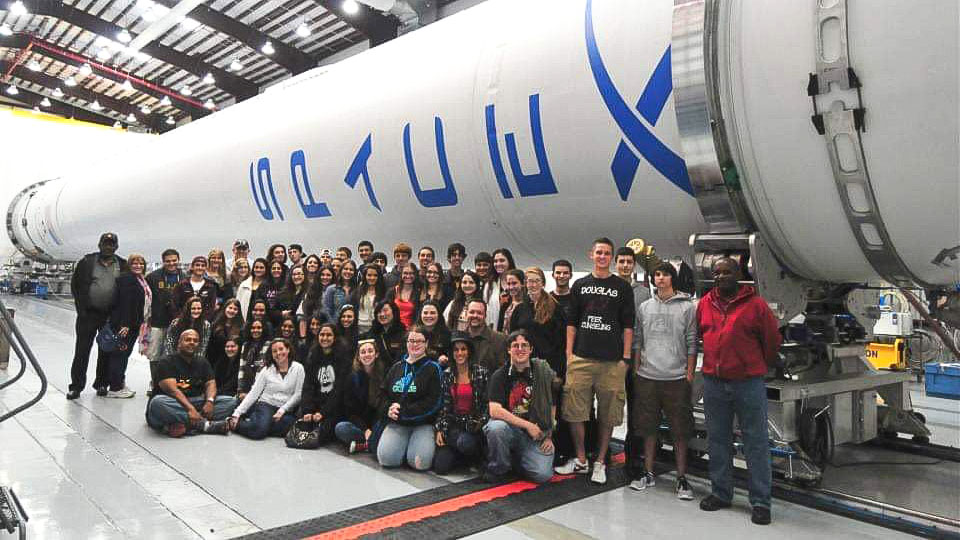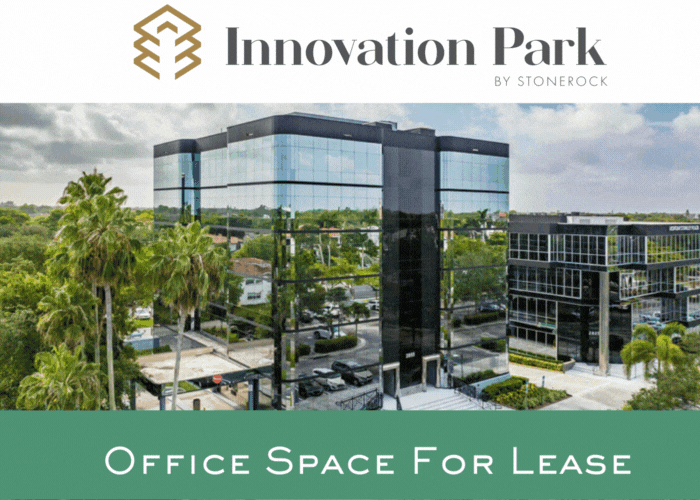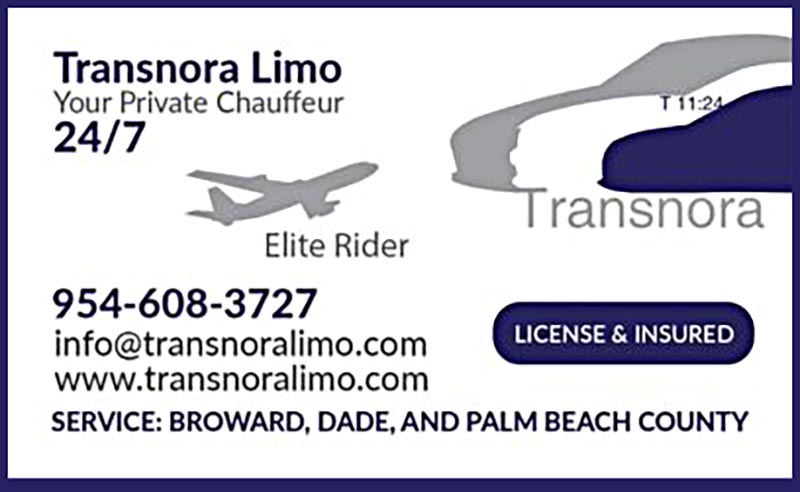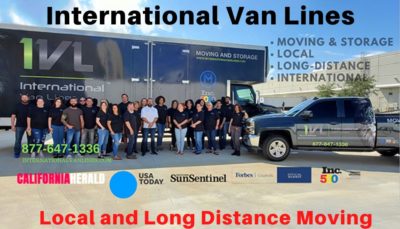By Kyle Jeter
My daughter Kayla and I, along with my colleague and friend Eric Garner, stood on the Juno Beach Pier and watched in awe as the thin red line of rocket fire arcing through the night sky suddenly blossomed into a spectacular display of cloud and color.
The Inspiration4 mission was on its way to orbit, carrying four civilians into space without a professional astronaut in sight.
A couple of months earlier, Blue Origin’s New Shepard rocket had launched a civilian-only spacecraft, including Amazon and Blue Origin founder Jeff Bezos, on a sub-orbital flight over Texas.
And just nine days before that, Sir Richard Branson and his crew were launched aboard the VSS Unity spacecraft on a sub-orbital flight piloted by a professional Virgin Galactic pilot.

Kyle Jeter with his mother Shari, and daughter Kayla in front of Blue Origin.
Whether you are excited about the prospect of space travel being opened to a broader audience or consider these flights to be nothing more than expensive and dangerous vanity stunts – joy rides for billionaires – 2021 has had the feel of a new era dawning. And, whichever direction your opinion falls, there’s no denying that a lot of very cool rocket Science is on display! Let’s take a closer look together at some of that Science.
One major misconception about spaceflight concerns the reason why astronauts are weightless.
Back in 2005 and 2007, I had the great honor of being chosen as one of a select group of teachers to fly onboard Zero Gravity Corporation’s G-Force One aircraft and experience weightlessness for myself.
For roughly 30 seconds at a time, the other educators and I got to float around the hollowed-out cabin of a modified 727 as it climbed and dipped like an aerial roller coaster.
It was absolutely thrilling!
NASA astronauts had trained this way for decades in a similar aircraft nicknamed “The Vomit Comet” —their flights were more rigorous. For a hefty price, currently starting at $7,500, anyone can pay to have this same experience. The teacher flights were sponsored by aerospace company Northrop Grumman.

Kyle Jeter was part of a select group of teachers to fly onboard Zero Gravity Corporation’s G-Force One aircraft and experience weightlessness.
Similarly, a person is weightless on suborbital and orbital spaceflights, but not because of a lack of gravity. They are weightless because they are in a state of free fall. Cue Tom Petty’s “Free Fallin.” In the case of G-Force One, the plane is, essentially, falling out from under you.
If you were standing on a weight scale, both you and the scale would be falling in tandem, and the scale would read ‘0’. During those time intervals, you can sit on the ceiling of the aircraft or do somersaults in mid-air, just like an astronaut.
It’s an almost indescribable feeling and the exact same reason everyone on board the Virgin, Blue Origin, and SpaceX launches were weightless. The passengers are experiencing weightlessness due to free fall, which is known as microgravity.
Unlike my own flight, though, those groups got to see the black sky of space. They got to witness the curvature of the Earth stretched across the horizon. And now you can too —well, if you’re incredibly wealthy, anyway! Space tourism has arrived.
Back in 2004, a spacecraft unimaginatively named SpaceShipOne, designed and built by a company called Scaled Composites, won a contest called the Ansari X-Prize.
The rocket was carried aloft into the stratosphere by a specially modified aircraft mother ship before being released.
The advantage of this method is that the brunt of the work of getting above the thickest layers of Earth’s atmosphere is done by the plane. Therefore, the rocket itself doesn’t have to be as bulky and powerful.
Legendary aircraft designer Burt Rutan also invented a brand new “feathered-wing” design in which the wings of the rocket-plane hybrid folded up upon re-entry into the atmosphere.
After falling in this configuration like a badminton shuttlecock, the wings folded back into a normal configuration, and the ship landed like a plane.
If this process sounds vaguely familiar, it is because this is the design adopted by Virgin Galactic.
Branson and his crew experienced over 3 G’s of force (three times the normal pull of gravity) as they rocketed upward at Mach 3.2 (3.2 times the speed of sound) in the newer, larger model of the original rocket plane. He and the crew were able to float around the cabin of the VMS Unity in a weightless state for about 4 minutes.
Blue Origin’s spacecraft, New Shepard, named after Alan Shepard, the first American in space, had its first un-crewed launch in 2015.
It launches and lands in a very traditional manner – you simply ride a rocket into space. Shepard is powered by a BE-3 engine which, during the Bezos flight in July, took passengers to an altitude of about 67 miles vs. 53 miles high for the Virgin flight. After experiencing weightlessness for a few minutes, the capsule fell back through the atmosphere.
Parachutes deployed, and the capsule landed on the ground —unlike the Apollo-era capsules which always landed in the ocean.
Blue Origin is currently building a much larger rocket called New Glenn, after John Glenn, the first American to orbit the Earth, here in Florida.

Sean Simpson, Thais Lage, an MSD alum and Blue Origin engineer, and Kyle Jeter in front of the New Shepard rocket that had been to space.
Thanks to Marjory Stoneman Douglas alumnus and current Blue Origin engineer Thais Lage, my students and I were given a very special tour in early 2020 of their cavernous rocket factory, which sits across the street from the Kennedy Space Center.
We were able to see pieces of the New Glenn and other projects under construction. Understandably, picture-taking inside the factory was prohibited.

In 2011, Kyle Jeter and Sean Simpson’s students got to tour the SpaceX launch facility and touch the first Falcon 9 ever to go into space.
And then there’s a little company called SpaceX. In 2020 alone, they performed 25 orbital launches —for comparison, the country of Russia had a total of 17 orbital launches in 2020.
The CEO and Chief Engineer of SpaceX, Elon Musk, has made his ultimate goal clear —to colonize Mars. In the meantime, SpaceX has, along with Blue Origin, revolutionized the space industry by pioneering reusable rockets.
This has brought the cost of launches down significantly and made launches such as Inspiration4 more economically feasible. Their workhorse rocket, the Falcon 9, launches with, you-guessed-it, 9 Merlin engines.
In 2011, my students and colleague Sean Simpson and I got to tour the SpaceX launch facility and literally touch the first Falcon 9 ever to go into space!
The second stage has a single booster to push the ship into orbit at the necessary speed of 17,500 mph. Any object in low Earth orbit or LEO must attain this same speed, whether it’s a spacecraft, a satellite, or a baseball.
The Inspiration4 mission, including my fellow “ACEAP Ambassador” Dr. Sian Proctor, orbited the Earth for three days at a maximum altitude of 364 miles before their Resilience capsule splashed down in the Atlantic.
They also raised over $200 million for St. Jude’s Children’s Hospital – something we can all be happy about.
So, what does this new “Space Race” mean for the immediate future?
Optimists envision the exorbitant costs of a trip to space eventually coming down. A businessperson might soon board a rocket in Miami and land in Tokyo a few short hours later.
Or how about a luxury vacation trip to a space hotel? Yep, that’s on the drawing board as well. It might be comparable in cost to, say, a cruise around the world.
Whether one thinks the money being spent on these endeavors could be used for more, well, “down-to-Earth” purposes or not, we seem to be on the verge of a new era of personal space travel. Like it or not, Space Tourism is probably here to stay.
So, if given a free trip to space, would you take it? Why or why not? And, if so, which rocket are you choosing to climb aboard?
The sky, it seems, is no longer the limit.
Kyle Jeter has been reading about Astronomy since he was five years old and has never stopped learning since. Since 1994, he has both lived in Coral Springs and worked at Marjory Stoneman Douglas. He has a daughter, Kayla, and a son named Kyle. Jeter started the Astronomy program at the high school in 1997. Follow him on Instagram at @jeterk1971 and subscribe on YouTube.
Send your news to Parkland’s #1 news source, Parkland Talk.

















































